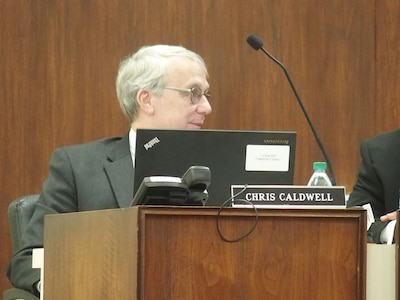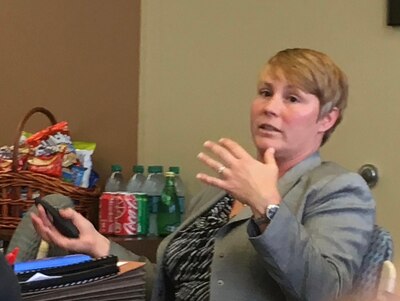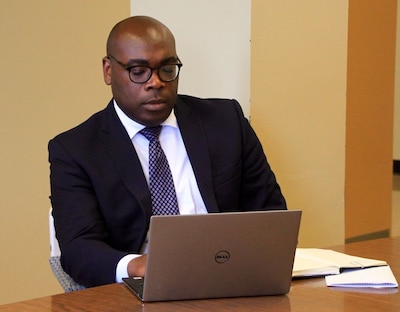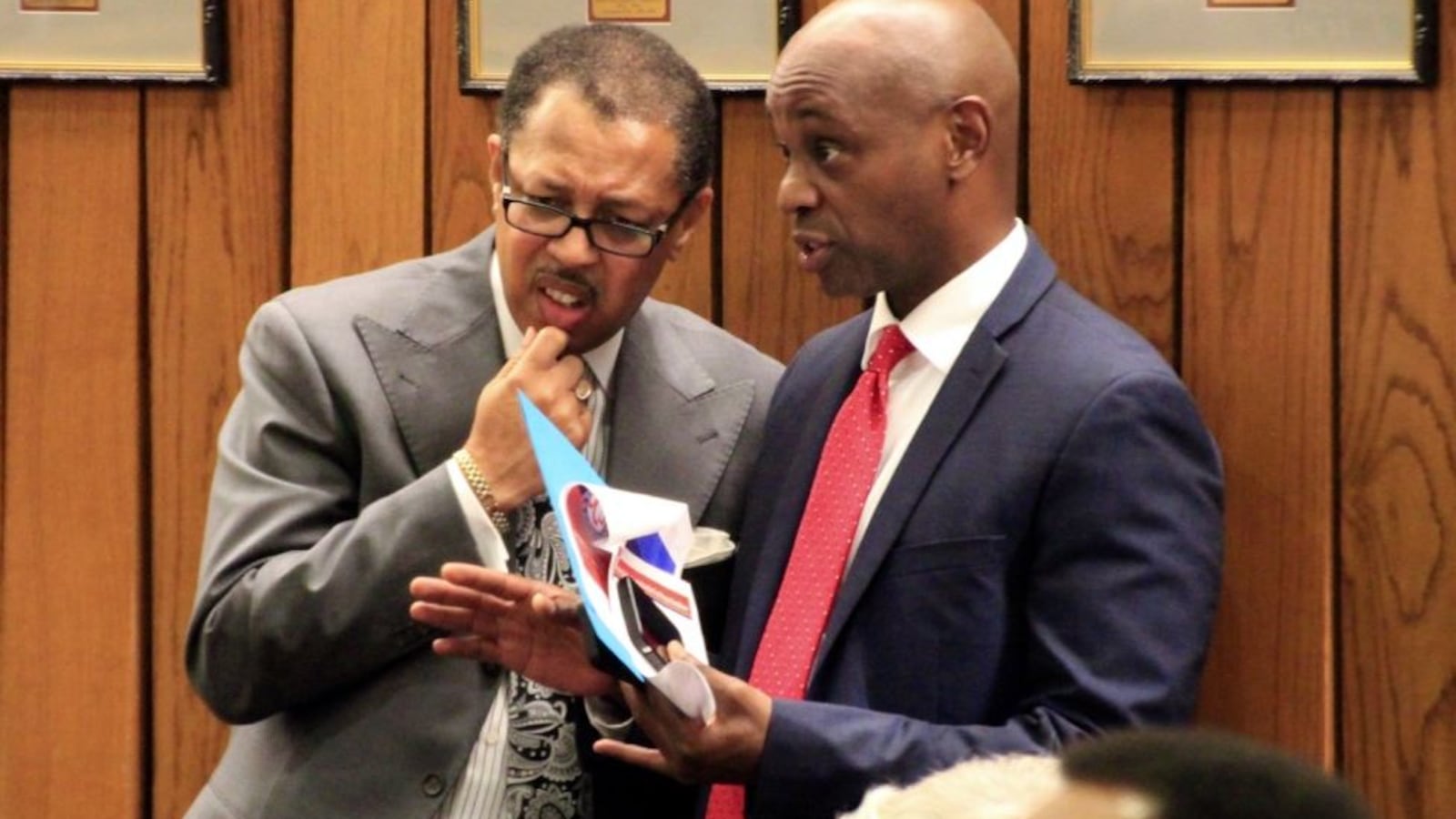In Memphis, discussions on school closures frequently coincide with budget talks.
The recommendations this spring to shutter Carver and Northside high schools, for instance, were presented as the district grappled with an $86 million deficit and looked for ways to consolidate resources and chip away at the cost of maintaining aging buildings. By closing some schools, leaders contended, Shelby County Schools could free up resources to invest in others.
But questions remain whether closing schools saves money in the long run, and Superintendent Dorsey Hopson says more important issues should drive such decisions.
When the district releases its first-ever footprint analysis, scheduled for later this month, discussions on future closures will begin outside of the scope of budget season pressures. And Hopson says the primary driver should be improving academics.
That would be a paradigm shift in a city where schools have toppled yearly based on a multitude of pressures that have included academics but also have been driven by declining enrollment, a shrinking budget, aging buildings, and the steady growth of charter schools.
It’s been an incremental, reactive and “kitchen sink” approach to closures, rather than a targeted strategy for improving academic performance such as used in New York City, where former Mayor Michael Bloomberg’s administration spearheaded the closings of more than 150 bottom-ranked schools and the openings of droves of new ones during the decade that began in 2002.
Memphis has seen at least 21 district-run schools shuttered since 2012, and Hopson has said the district likely will close up to 24 more during the next five years. The footprint analysis is expected to include recommendations going forward.
Check out our analysis showing the 25 schools most at risk for closure.
The closures of Carver and Northside happened after administrators laid out a multitude of challenges facing both the schools and the district.
Hopson presented his surprise recommendation in April to close the two struggling neighborhood schools, as well as an adult education center and several charter schools at a projected cost savings of $6 million to $8 million.
But there were other issues, too. Both schools had been proposed for closure before and were severely under-enrolled; Carver’s building was only a third full, and Northside just a fifth. Administrators estimated it would take $8.6 million to bring both buildings up to date. And by closing them, Hopson said 450 students could be moved to other schools where they’d have access to a wider swath of academic programs. Plus, with the cost savings, the district could prevent budget cuts to prized programs to address its systemwide shortfall.

Chris Caldwell, who chairs the school board’s finance committee, said the district wrongly created the impression that the closures were about money by proposing them during budget hearings.
“The biggest factors to me when I voted on something for closure was not looking at it as a big dollar saver,” Caldwell said of shuttering Carver and Northside. “But the primary reason you should close a school is the quality of a building and the quality of education kids are getting in the buildings. That should be the primary driver.”
Still, because of their extreme underenrollment, Carver and Northside are good examples of instances where the district actually can save money, said Michelle Stuart, the district’s manager of facility planning and property management.
“Severely under-enrolled high schools must staff the full high school academic program even though the funding formula (based on enrollment) might call for far fewer teachers and staff,” she said. “We also save on utilities and avoid future maintenance costs.”
A more important point, she said, is that schools with higher enrollments — particularly in the higher grades — can offer a richer academic program. More students leads to more money, staff and resources, which leads to more academic offerings.

“Other school closures save the district very little money,” Stuart said. “Many times, depending on enrollment, the majority of the job positions just follow the students to the receiving school. Adding buses to the receiver school increases transportation costs, which also eats into school savings.”
National research into six urban districts that closed schools showed a cost savings of less than $1 million per closed school in the short term unless coupled with large-scale layoffs. The finding held true even in districts that said cost savings was their stated goal in shuttering schools. In the long term, cost savings were difficult to project, the study said.
Shelby County Schools finance chief Lin Johnson said it’s also difficult to track the net savings for school closures over time.
“You’re not saving a ton of money. … The driver has to be academics,” Johnson said, adding he cannot definitively say whether school closures in Memphis have yielded significant savings. “We could be reinvesting that money in the school they go to. It’s more about freeing up resources for other schools.”
Budget constraints are nothing new to Tennessee’s largest school district. It was longstanding deficits that prompted discussions leading to the 2013 merger of the former Memphis City Schools with its county counterpart. Shelby County Schools has cut millions of dollars from its budget since six suburban municipalities broke off to form their own school systems in 2014. And last year, Shelby County’s school board sued the state, claiming it’s being underfunded by $100 million annually under Tennessee’s formula for distributing money to schools.

Deferred maintenance on aging school buildings is part of the challenge ahead, but obviously not the only part when viewing the list of schools shuttered thus far. The district has managed to avoid closing some higher-achieving schools facing big investments in maintenance. At least seven, including Germantown High, White Station High and Idlewild Elementary, list more than $4 million in deferred maintenance costs.
Political realities are another factor. The financial burden for repairing school buildings falls to the county, whose board of commissioners was presented earlier this year with a list of nearly $500 million in deferred maintenance needs for schools over the next five years — an unreachable goal if not coupled with steep tax increases.
That’s one reason cost savings are still an important part of the conversation, said County Commissioner David Reaves, a former school board member. When Shelby County Schools asked the commission for $35 million to help fill its budget gap this spring, Reaves worried that the additional money would diminish the district’s incentive to address its excess in facilities in the face of shrinking student enrollment.
“Without a budget deficit, you’re not closing schools,” he said in June.
Commissioner Eddie Jones said city, county and school leaders will have to work together for school closures to have any positive long-term effect.
“If you want to fix this and try to minimize what it means to taxpayers, all of them need to be at the table with a comprehensive plan working together,” he said.

